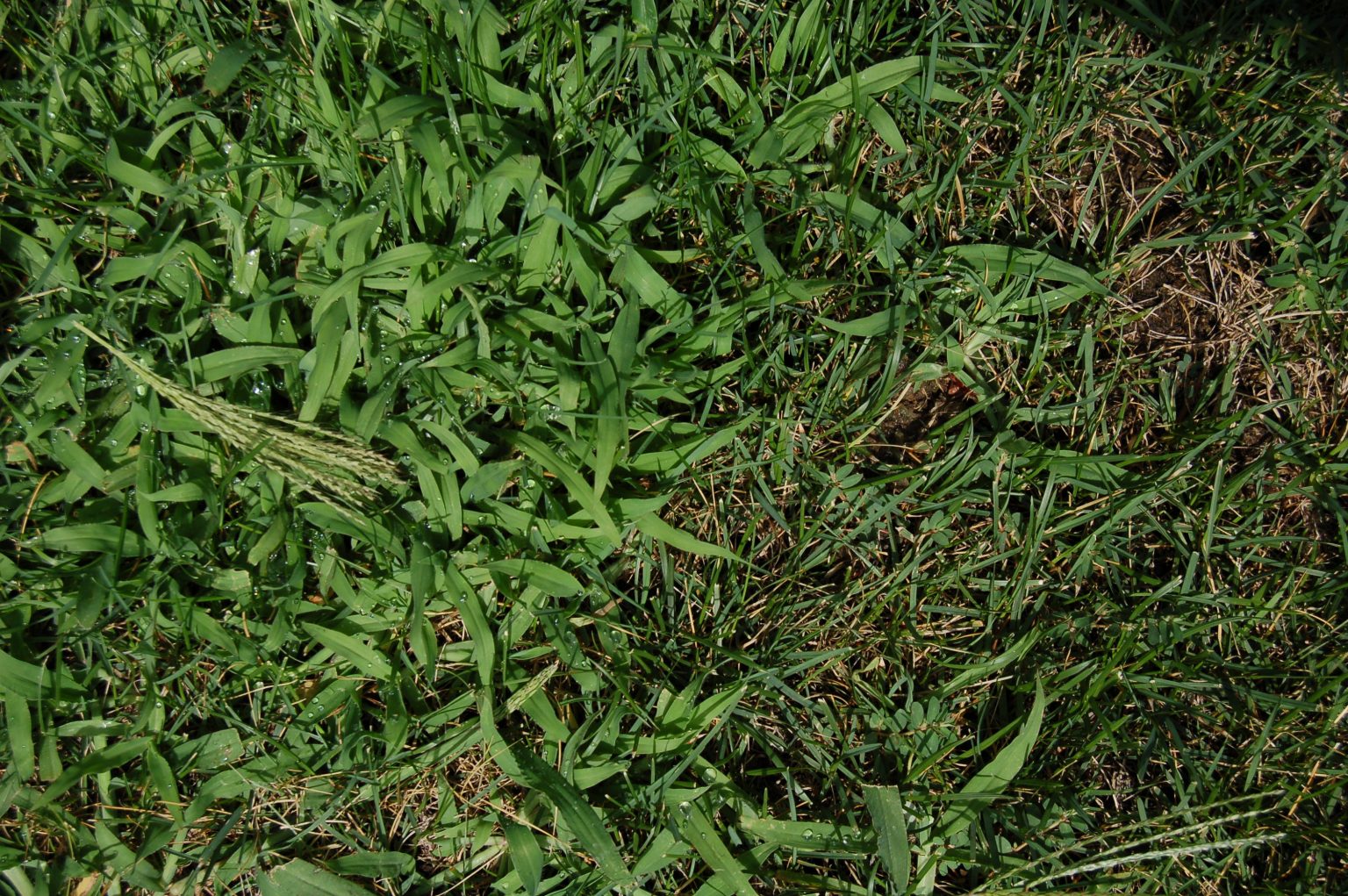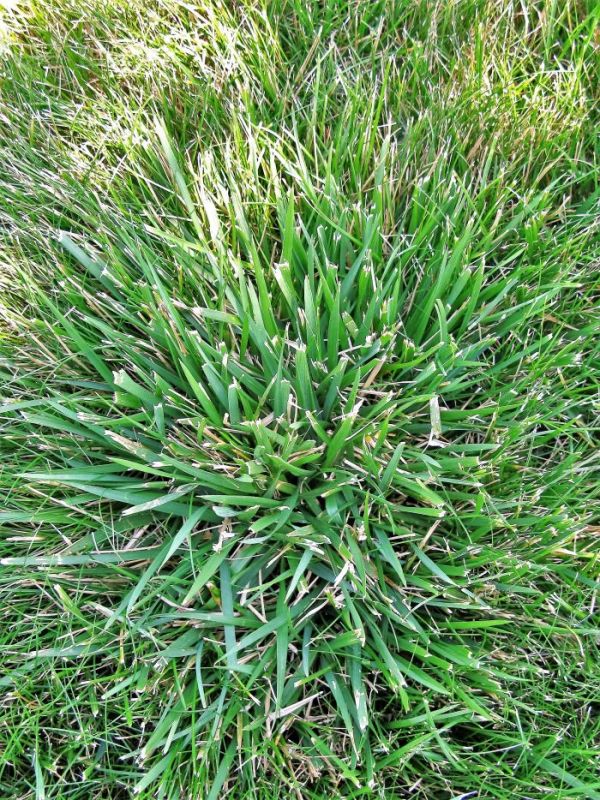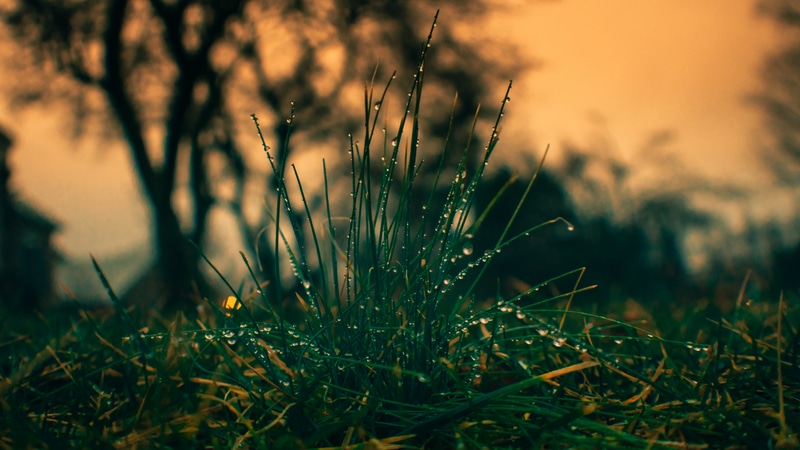Fescue Vs Crabgrass
If you want a lush and healthy lawn, it's important to understand the difference between fescue and crabgrass. These two types of grass can have very different effects on your lawn, and it's important to know which one is right for your needs. In this article, we'll take a closer look at fescue vs crabgrass, discussing their differences, benefits, and drawbacks.
Pain Points of Fescue vs Crabgrass
Have you ever struggled with a lawn that seems to have a mind of its own? Perhaps you've tried to grow grass in a particular area only to have crabgrass take over, or maybe you've tried to plant a fescue lawn and found that your grass isn't growing as well as you'd like. Fescue and crabgrass can be two of the biggest pain points for homeowners when it comes to lawn care. However, understanding the differences between the two can help you achieve the lawn of your dreams.
Target of Fescue vs Crabgrass
The target of fescue vs crabgrass is to help homeowners understand the pros and cons of each type of grass, to help them make informed decisions when it comes to lawn care. Fescue is a cool-season grass that is typically grown in the northern part of the United States, while crabgrass is a warm-season grass that thrives in the southern part of the country. Understanding the differences between these two types of grass can help homeowners choose the right type of grass for their climate and soil type.
Summary of Fescue vs Crabgrass
Fescue and crabgrass are two of the most important grass types for homeowners to understand. Fescue is a cool-season grass that is typically grown in the northern part of the United States, while crabgrass is a warm-season grass that thrives in the southern part of the country. Understanding the differences between these two types of grass can help homeowners choose the right type of grass for their lawn.
Fescue vs Crabgrass: A Personal Experience
For years, I struggled to get the grass to grow in my lawn. No matter what I did, it seemed like I was always dealing with crabgrass taking over and leaving my lawn looking patchy and unhealthy. However, once I realized that my soil was better suited for fescue, I was able to grow a lush and healthy lawn that was the envy of my neighbors.
Fescue is a great grass for homeowners who want a low-maintenance lawn that looks great all year round. Unlike crabgrass, which can quickly take over an area and leave your lawn looking patchy, fescue grows slowly and stays green throughout the year. Additionally, fescue is better suited for shade, making it a great option for homeowners who have trees and other landscaping features that can block out the sun.
The Benefits of Crabgrass
While crabgrass may have a bad reputation, there are actually some benefits to this type of grass as well. Crabgrass is known for being highly drought tolerant, making it a great option for homeowners who live in areas where water is scarce. Additionally, crabgrass is great for creating ground cover, which can help prevent soil erosion and keep weeds from taking root.
The Drawbacks of Crabgrass
Despite its benefits, crabgrass also has some serious drawbacks. One of the biggest problems with this type of grass is that it can quickly take over an area and leave your lawn looking patchy. Additionally, crabgrass is an annual plant, which means that you'll need to reseed your lawn every year to keep it looking healthy and green.
The Differences Between Fescue and Crabgrass
One of the biggest differences between fescue and crabgrass is that fescue is a cool-season grass, while crabgrass is a warm-season grass. Additionally, fescue is better suited for shade, while crabgrass thrives in full sun. Fescue is a great option for homeowners who live in cooler climates, while crabgrass is best suited for those who live in warmer areas.
The Benefits of Fescue
Fescue is a great grass for homeowners who want a low-maintenance lawn that looks great all year round. Since it grows slowly, it requires less mowing than other types of grass, and it maintains its green color throughout the year. Additionally, fescue is highly tolerant of foot traffic and can withstand heavy use without getting damaged.
The Drawbacks of Fescue
One of the biggest problems with fescue is that it doesn't do well in full sun. Additionally, fescue is highly susceptible to fungal diseases, which can cause the grass to become patchy and unhealthy. Finally, fescue is a cool-season grass, which means that it may not do well in warmer climates.
Question and Answer
Q: Which is better for my lawn, fescue or crabgrass?
A: The answer to this question depends on a number of factors, including your climate, soil type, and the amount of sun your lawn receives. If you live in a cooler climate and have a lot of shade in your lawn, fescue is likely the best choice. However, if you live in a warmer climate and have a lot of sun in your lawn, crabgrass may be a better option.
Q: How can I prevent crabgrass from taking over my lawn?
A: One of the best ways to prevent crabgrass from taking over your lawn is to keep your lawn healthy and well-maintained. This includes regularly watering and fertilizing your lawn, as well as mowing it to the correct height. Additionally, you can use a pre-emergent herbicide to help prevent crabgrass seeds from taking root.
Q: What should I do if my fescue lawn is becoming patchy?
A: If your fescue lawn is becoming patchy, one of the best things you can do is to overseed your lawn. This involves spreading additional fescue seeds over your existing grass to help fill in any bare spots. Additionally, it's important to regularly aerate your lawn to help improve soil quality and promote healthy grass growth.
Q: How often do I need to reseed my crabgrass lawn?
A: Since crabgrass is an annual plant, you'll need to reseed your lawn every year to keep it looking healthy and green. This involves planting new seeds in the fall or spring to replace the grass that has died off over the winter.
Conclusion of Fescue vs Crabgrass
When it comes to choosing between fescue and crabgrass, there is no one-size-fits-all answer. Instead, it's important to consider your climate, soil type, and other factors to determine which type of grass is right for your lawn. Whether you choose fescue or crabgrass, the key to a lush and healthy lawn is proper care and maintenance.
Gallery
Is Crabgrass Taking Over Your Lawn? | Crabgrass Vs Fescue

Photo Credit by: bing.com / crabgrass fescue grasses coarse taking
Is Crabgrass Taking Over Your Lawn? | Crabgrass Vs Fescue

Photo Credit by: bing.com / fescue crabgrass lawn grasses thick coarse bladed selective roundup uncontrollable
The Difference Between Crabgrass And Coarse Fescue - ExperiGreen

Photo Credit by: bing.com / crabgrass fescue coarse experigreen
Tall Fescue Vs Crabgrass- Which Suits You The Most? - Farmer Grows

Photo Credit by: bing.com /
Tall Fescue - Liqui-Lawn
Photo Credit by: bing.com / fescue tall vs kentucky crabgrass 31 lawn grass bluegrass turf clumps grow annual result gardening scientific name after rapidly appears